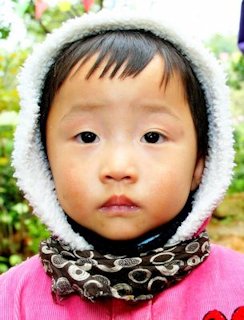
|
The Effect of China's One-Child Family Policy after 25 Years
The rapid decrease in the birth rate, combined with stable or improving life expectancy, has led to an increasing proportion of elderly people and an increase in the ratio between elderly parents and adult children. In China, the percentage of the population over the age of 65 years was 5 percent in 1982 and now stands at 7.5 percent but is expected to rise to more than 15 percent by 2025. Pension coverage is available only to those employed in the government sector and large companies. In China, this problem has been named the "4:2:1" phenomenon, meaning that increasing numbers of couples will be solely responsible for the care of one child and four parents. Initiatives are under way to improve access to government pensions and to encourage saving for private pensions in an attempt to reduce the burden of the 4:2:1 phenomenon.7 In addition, a specific measure has been introduced to address the problem: in urban areas, couples who are themselves both only children are allowed to have more than one child. Several options for the future have been suggested. One possibility is that everyone could be allowed to have up to two children, with a space of at least five years between them. It has been predicted that this option would yield a total fertility rate of 1.7 during the next two decades, which would help to normalize the sex ratio, reduce the 4:2:1 phenomenon, and be acceptable to the majority of people. Return to Chinese Gender Choices |
| What is her Future? |